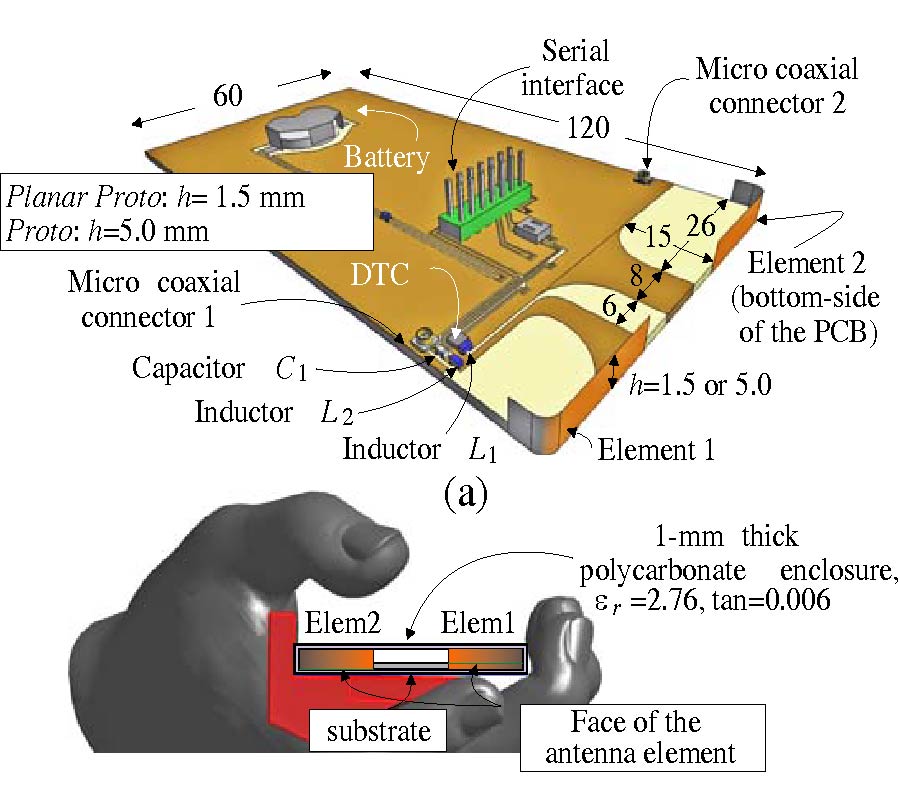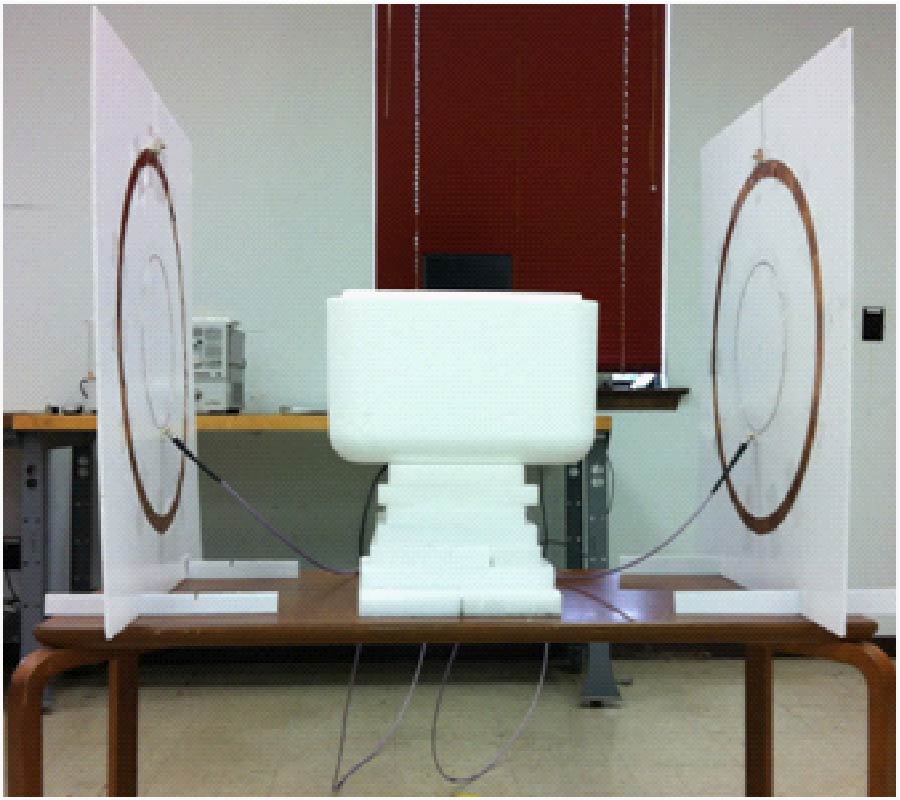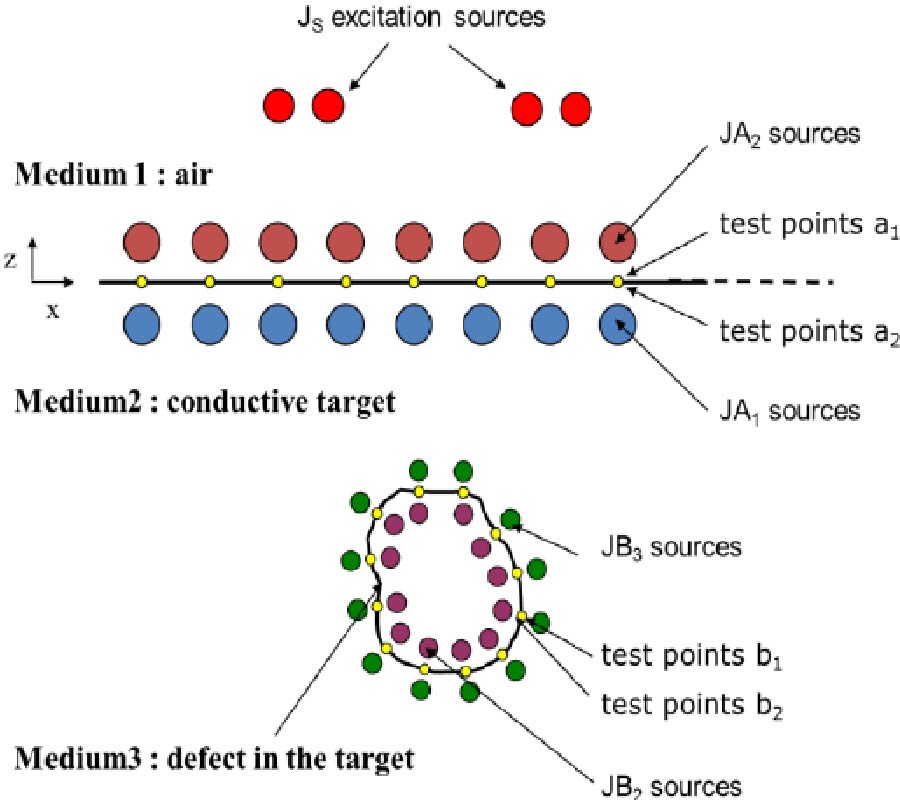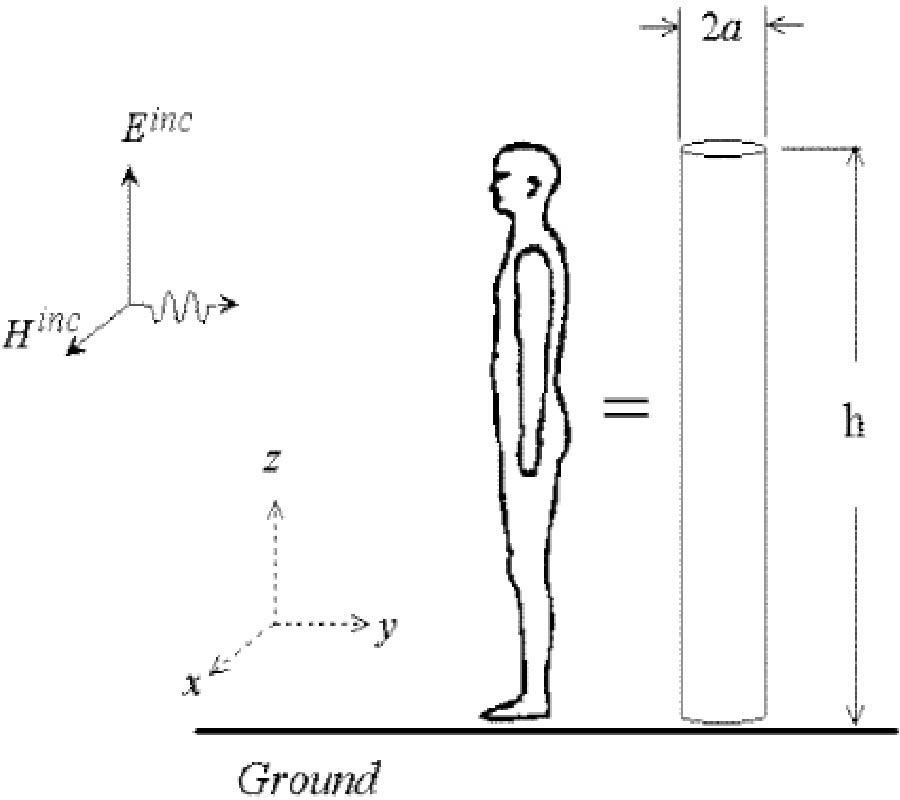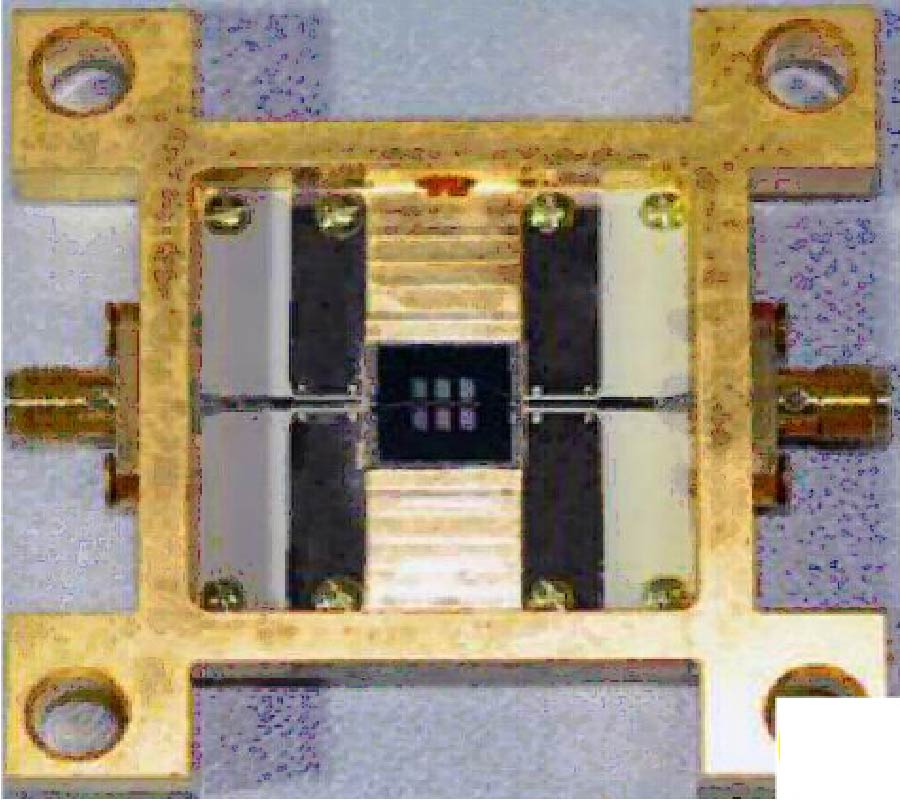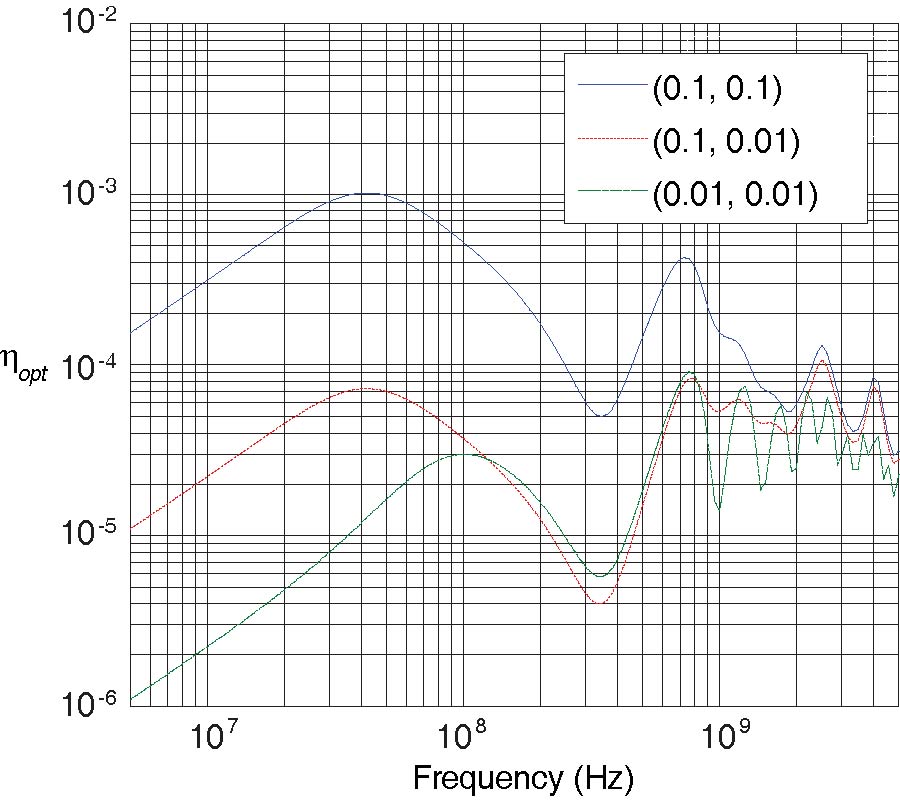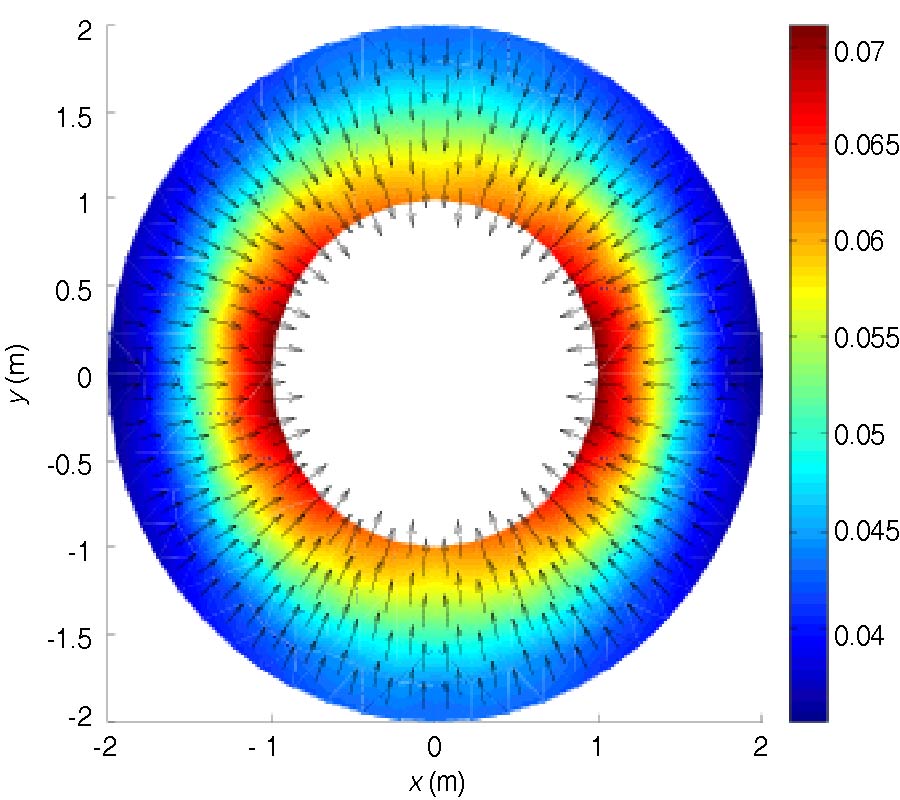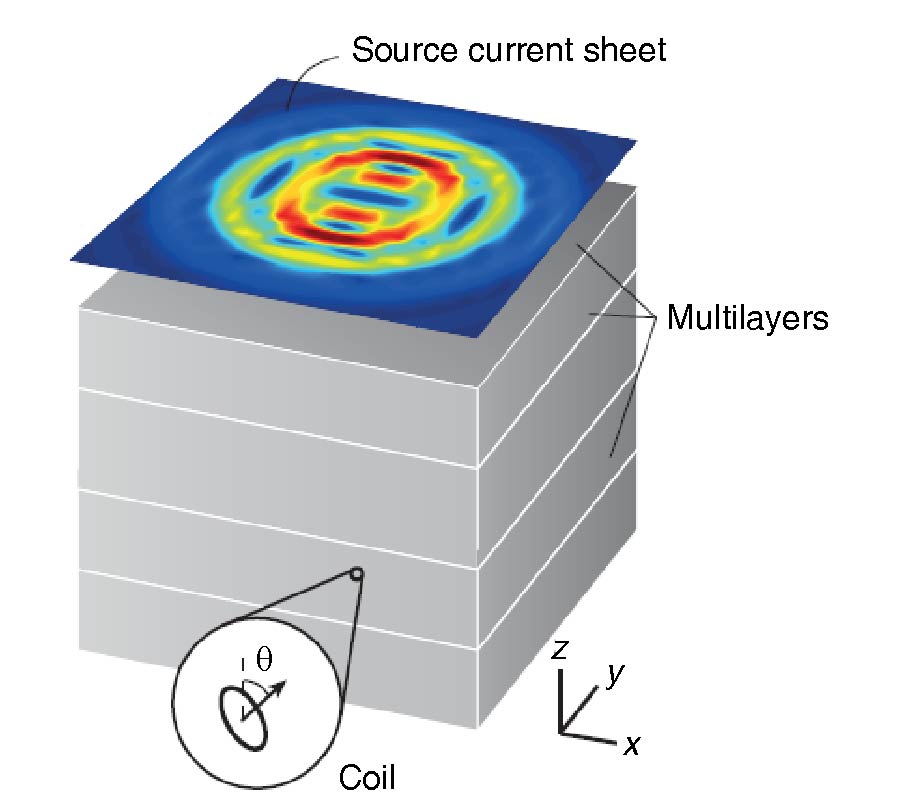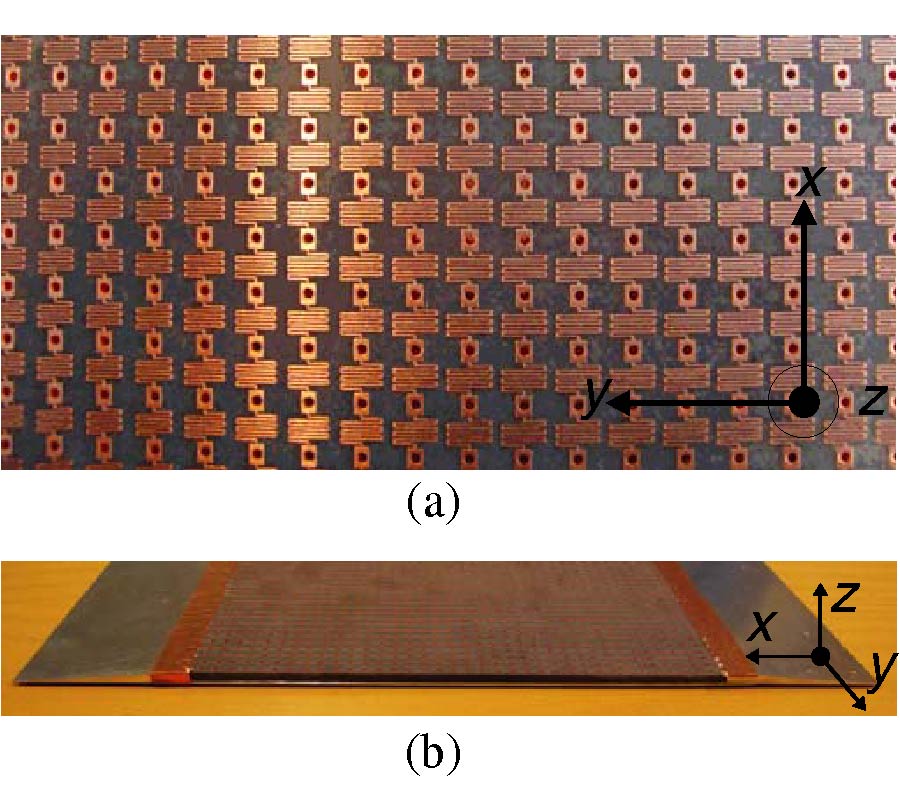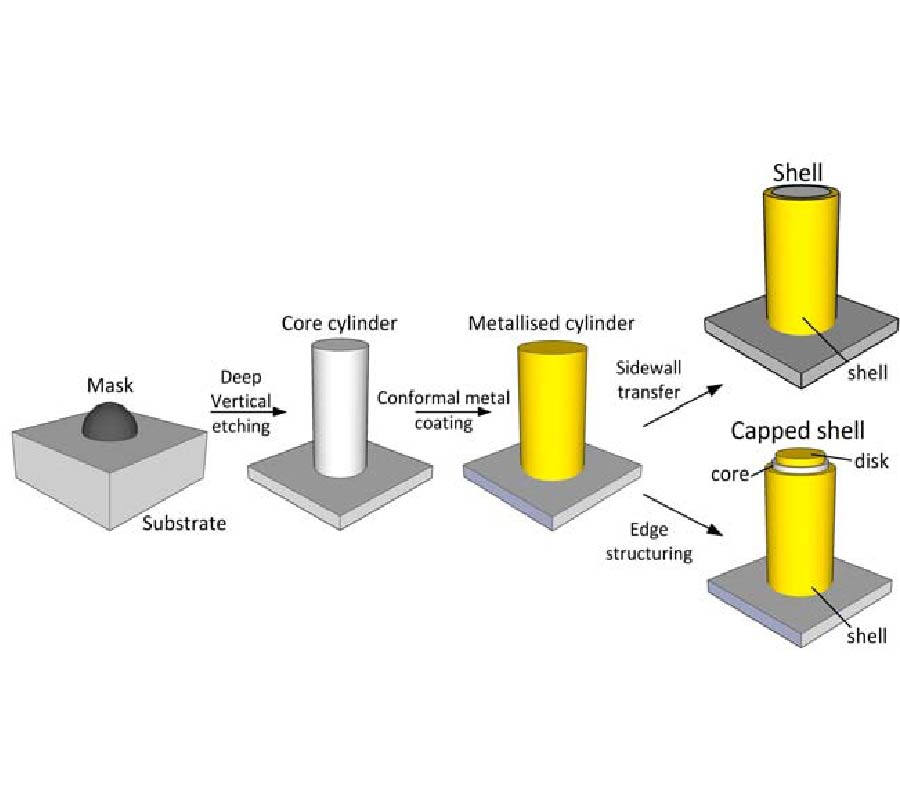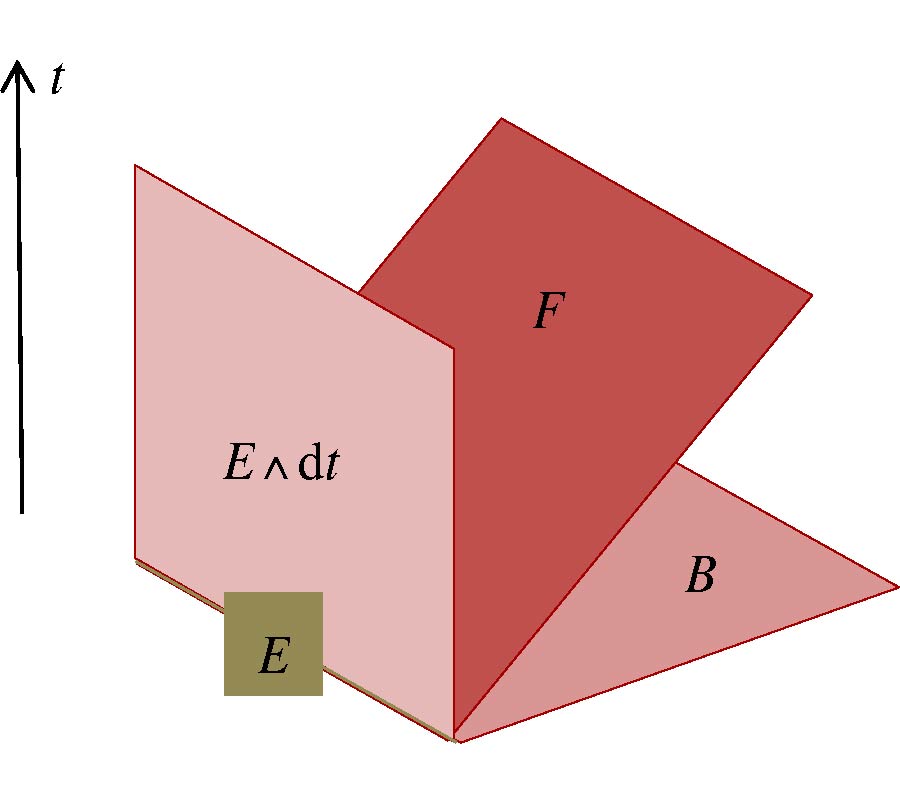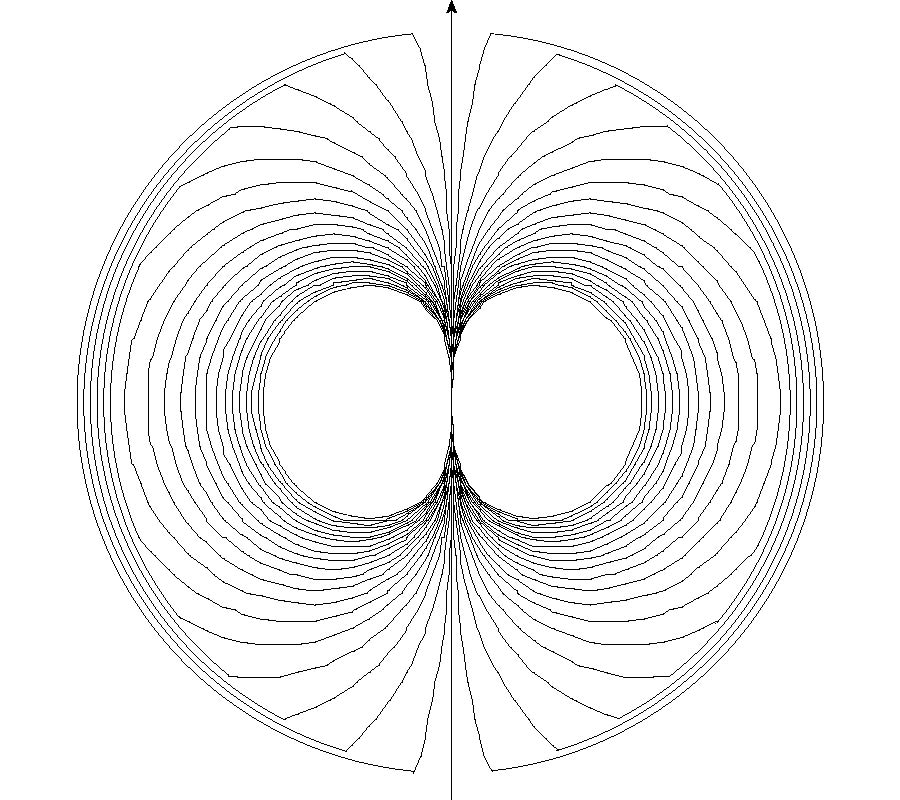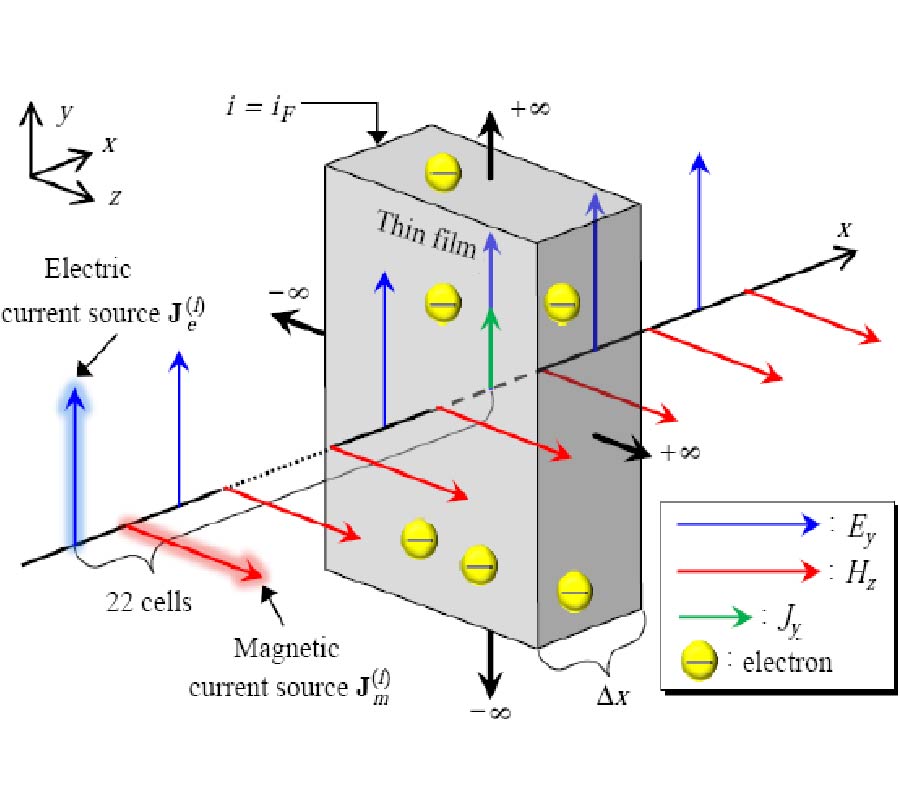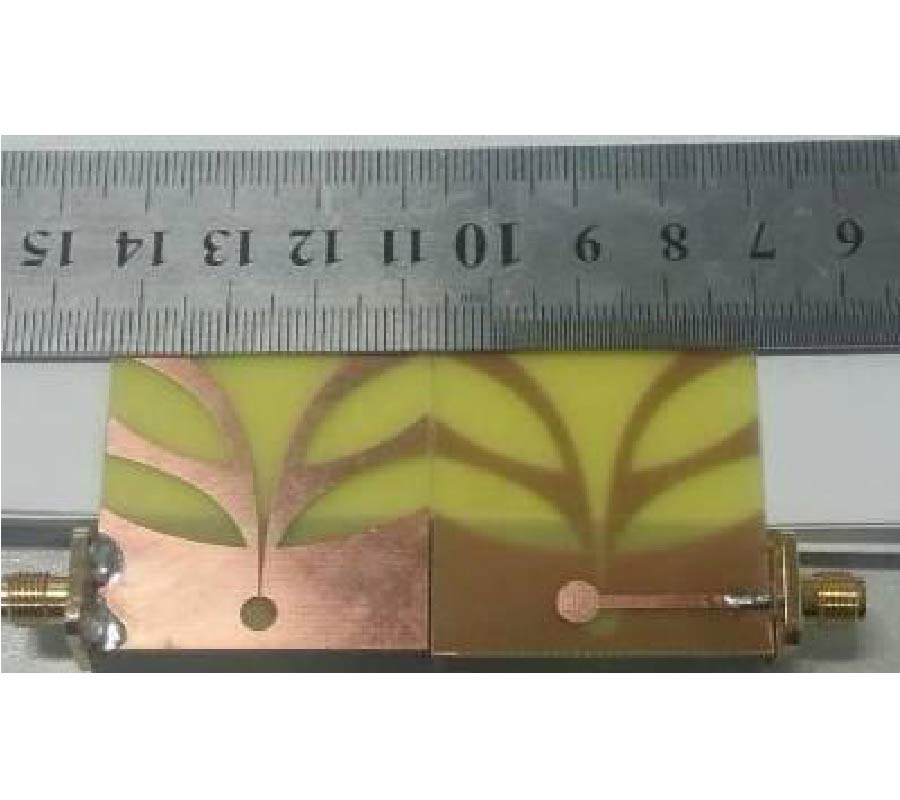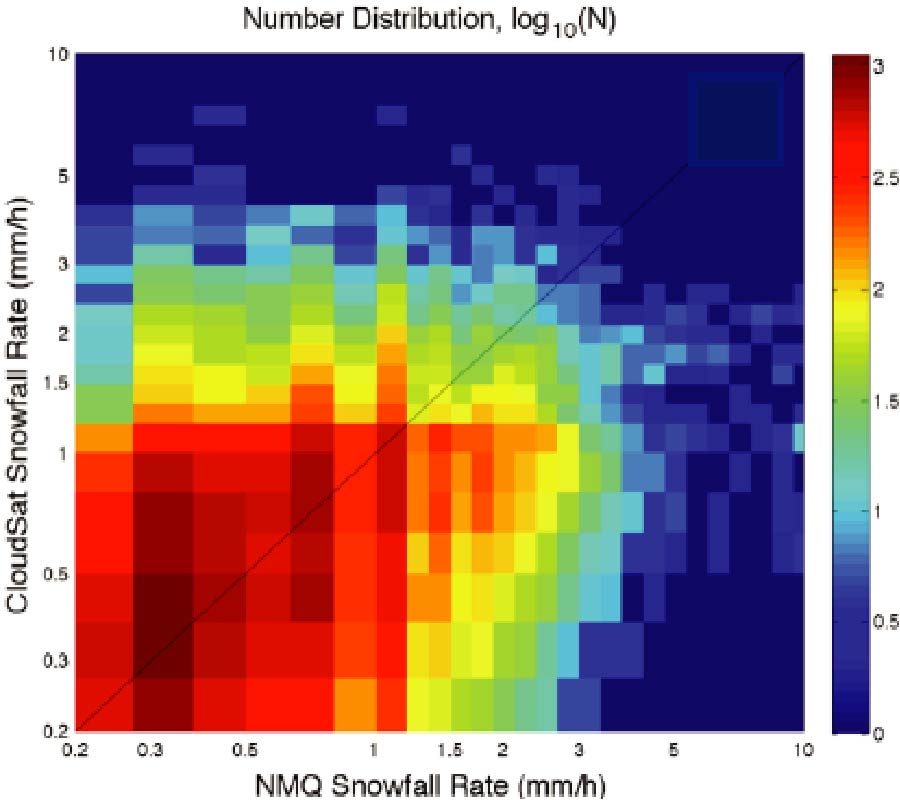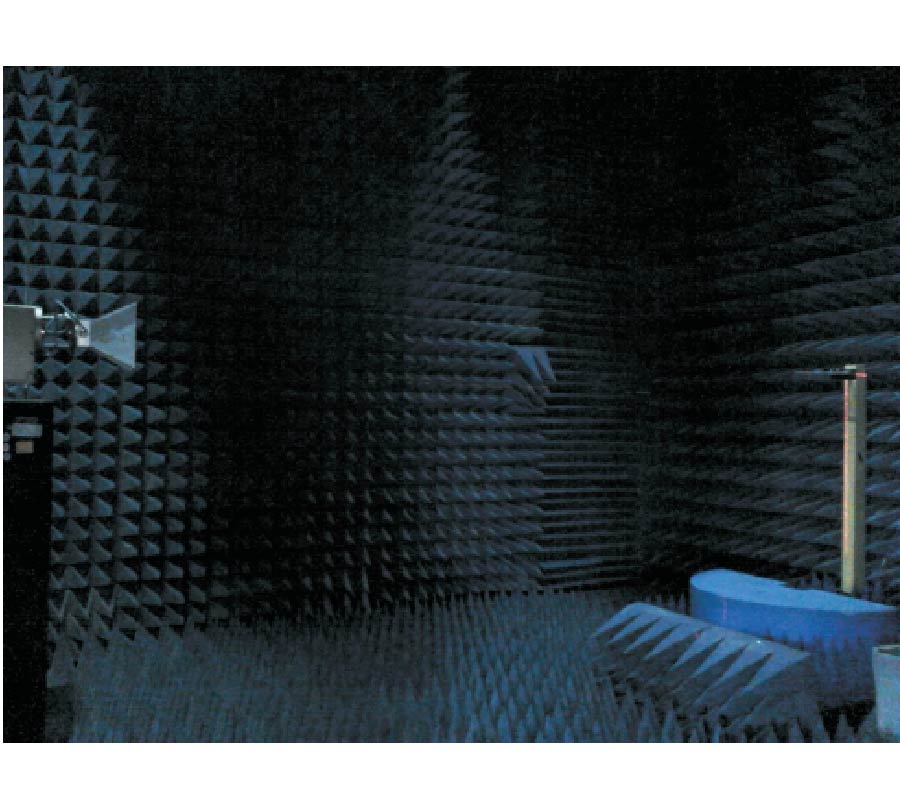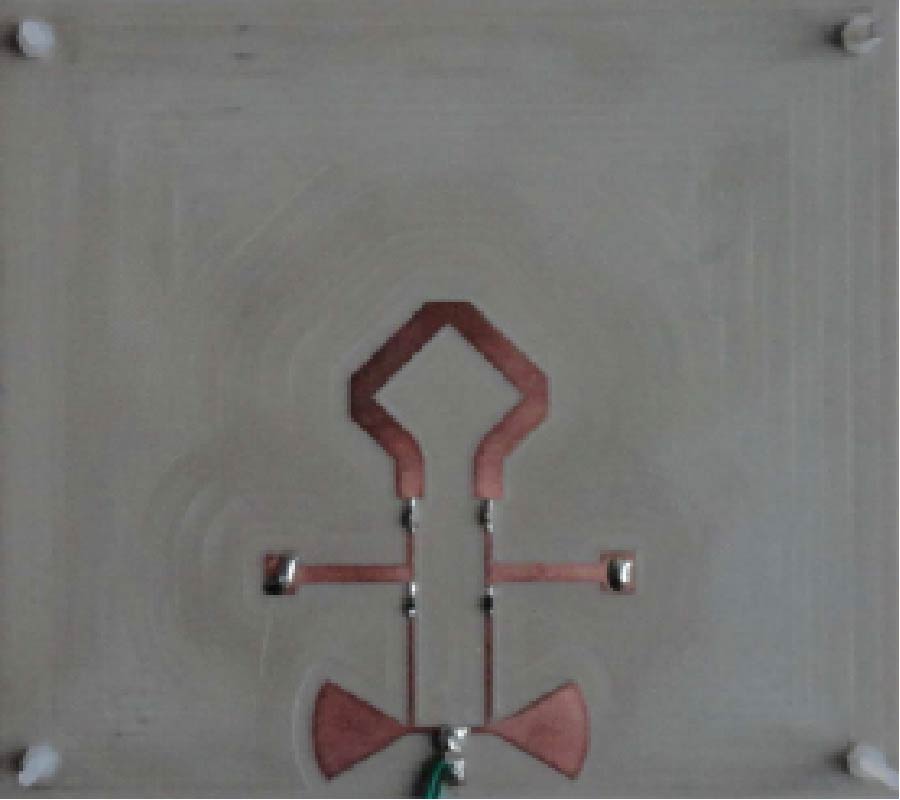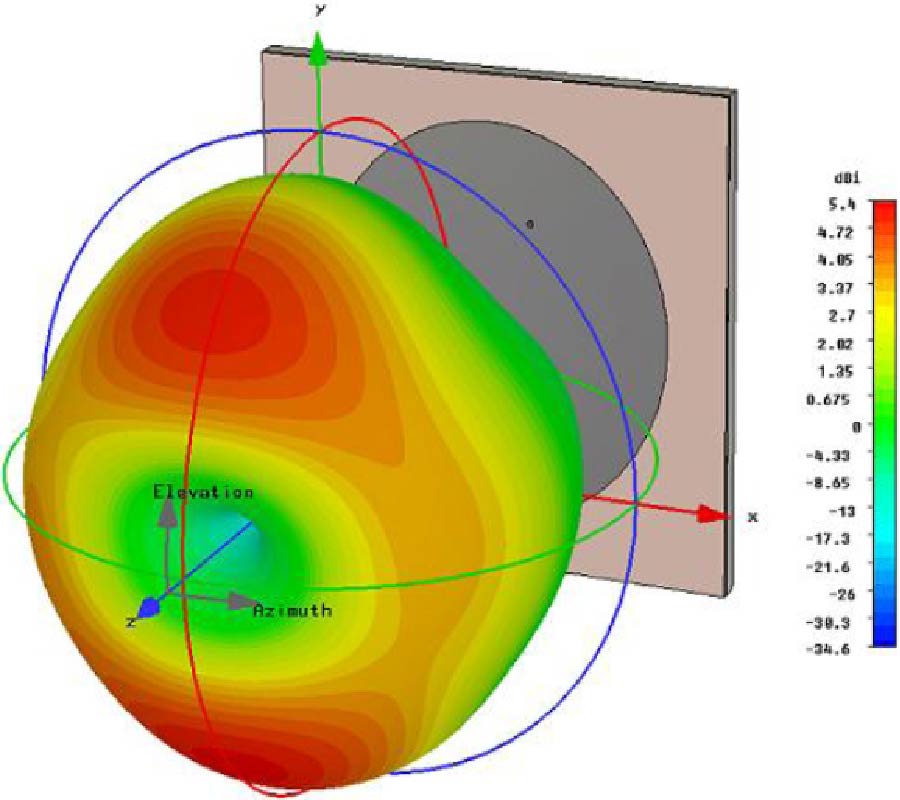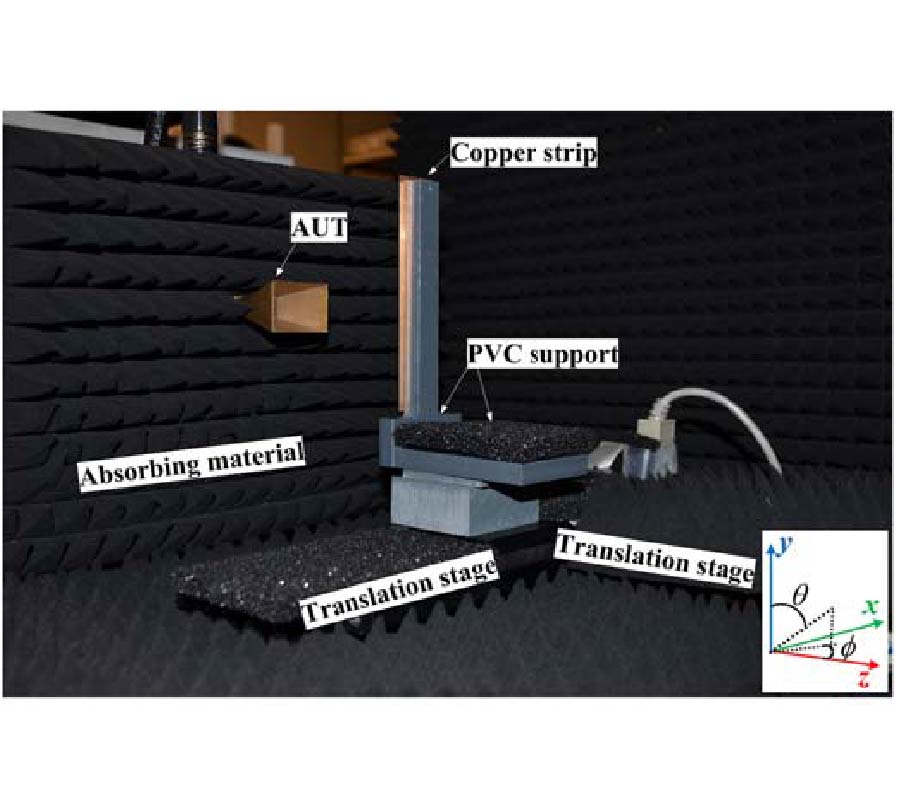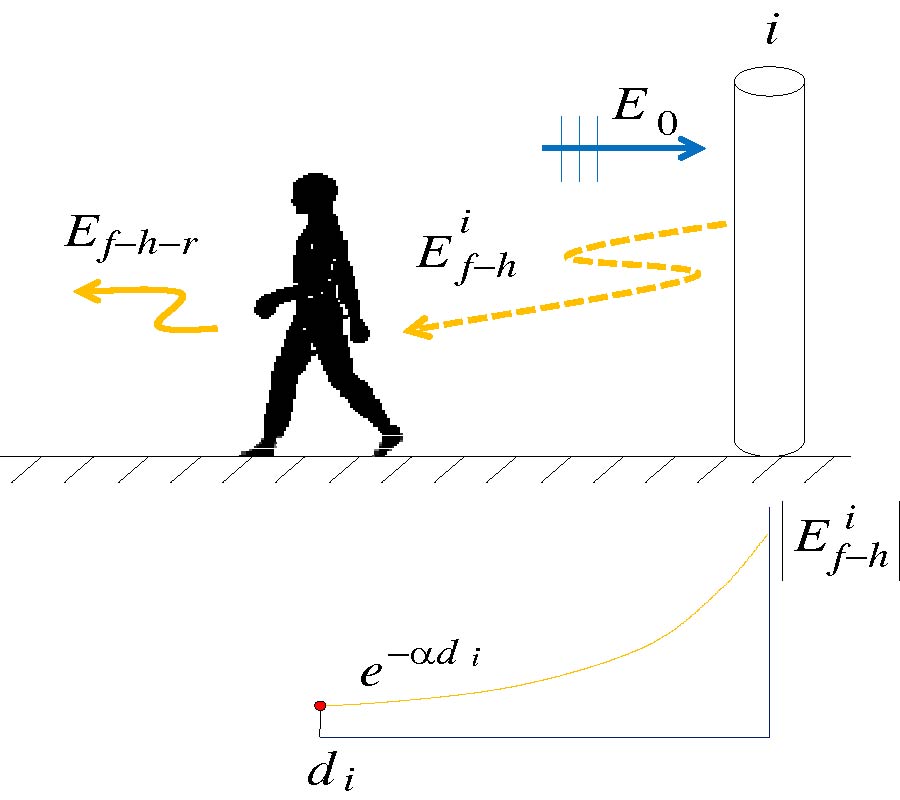A Differential DPSM Based Modeling Applied to Eddy Current Imaging Problems
Thierry Bore,
Pierre-Yves Joubert and
Dominique Placko
This paper deals with an innovative implementation of a semi-analytical modeling method, called the Distributed Points Source Method (DPSM), in the case of an eddy current problem. The DPSM has already shown great potentialities for the versatile and computationally efficient modeling of complex electrostatic, electromagnetic or ultrasonic problems. In this paper, we report a new implementation of the DPSM, called differential DPSM, which shows interesting prospects for the modeling of complex eddy current problems such as met in the non-destructive imaging of metallic parts. In this paper, the used eddy current imaging device is firstly presented. It is composed of an eddy current (EC) inducer and a magneto optical set-up used to translate the magnetic field distribution appearing at the surface of the imaged part, into a recordable optical image. In this study, the device is implemented for the time-harmonics (900 Hz) imaging of a two-layer aluminum based assembly, featuring surface-breaking and buried defects. Then, the basics of the time-harmonics DPSM modeling are recalled, and the differential approach is presented. It is implemented for the modeling of the interactions of the eddy current imaging device with the considered flawed assembly in the same operating conditions as the experimental implementation. The comparison between experimental and computed data obtained for millimetric surface and buried defects is presented in the form of complex magnetic cartographies and Lissajous plots. The obtained results show good agreement and open the way to the modeling of complex EC problems. Furthermore, the low computational complexity of the differential DPSM modelings makes it promising to consider for the solving of EC inverse problems.
